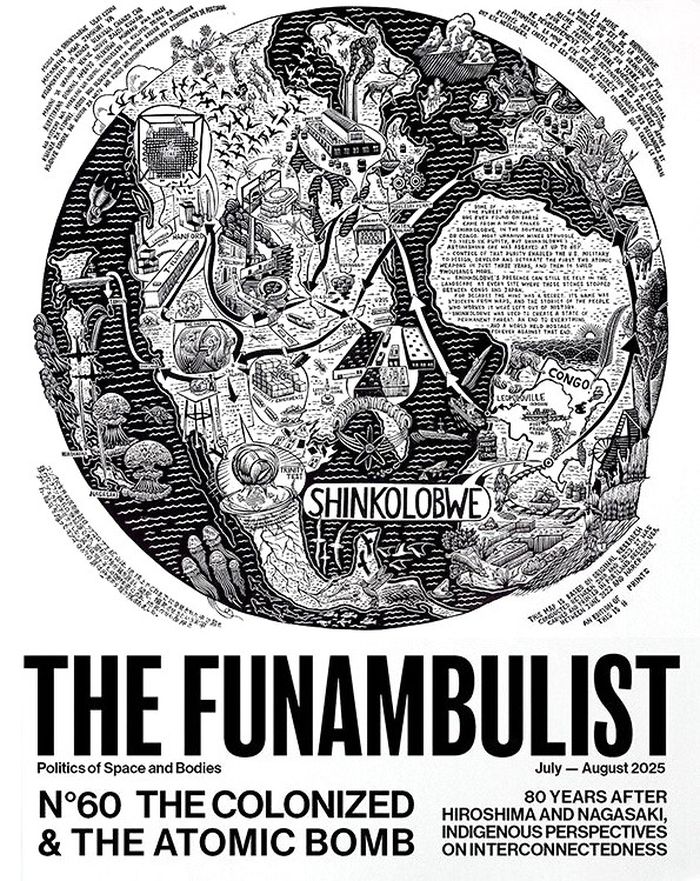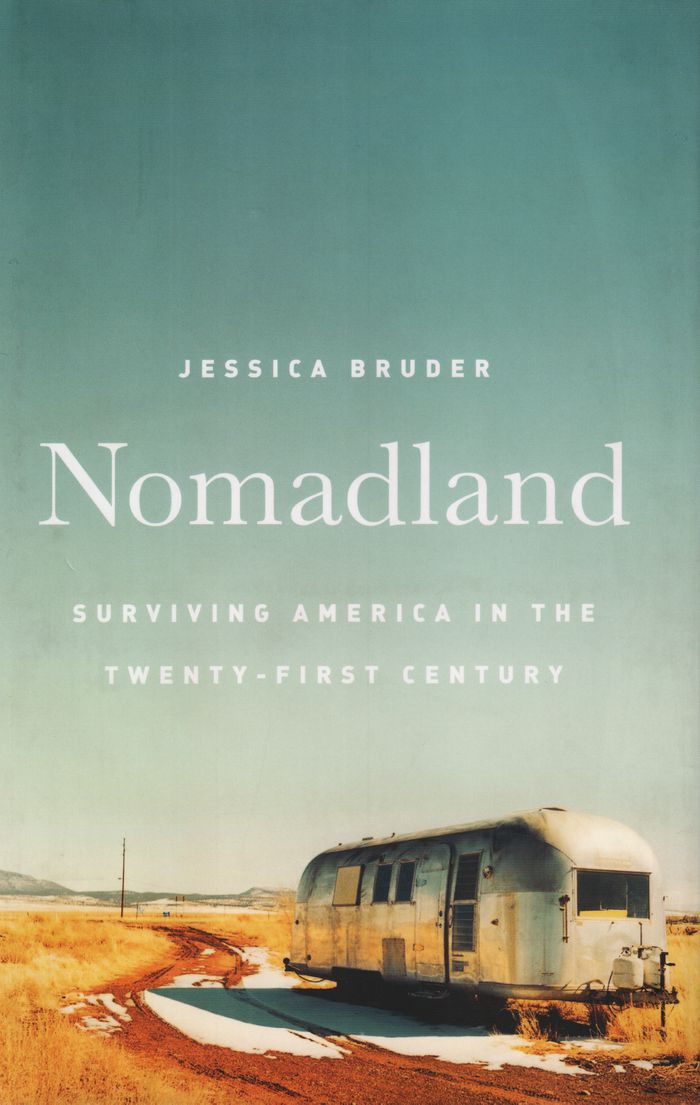$72.95
(available to order)
Summary:
In "Manufacturing Montreal" Robert Lewis provides a detailed historical geographic account of a major North American city's industrial landscape from the beginnings of industrialization to the Great Depression. Challenging the traditional view that urban expansion due to industrial decentralization is a twentieth-century phenomenon, Lewis demonstrates that the process of(...)
Manufacturing Montreal : the making of an industrial landscape, 1850 to 1930
Actions:
Price:
$72.95
(available to order)
Summary:
In "Manufacturing Montreal" Robert Lewis provides a detailed historical geographic account of a major North American city's industrial landscape from the beginnings of industrialization to the Great Depression. Challenging the traditional view that urban expansion due to industrial decentralization is a twentieth-century phenomenon, Lewis demonstrates that the process of industrial decentralization has been ongoing since the 1850s. Lewis's overall thesis is that the economic and social imperatives underlying industrial capitalism periodically reshaped the manufacturing geography of Montreal, as it did in many other North American cities. Time and again, the move of factories to the urban fringe shaped the social geography of the city by creating working-class residential neighborhoods. A particular strength of the book is its detailed examination of the role that utilities, transportation, technological change, investment, political control of land use, and labor markets had in the manufacturing of Montreal's factory districts.
Architecture de Montréal
$16.95
(available in store)
Summary:
Welcome to the 60th issue of The Funambulist, which concludes the tenth year of publishing the magazine! On August 6th and 9th, The Funambulist will commemorate the 80th anniversary of the devastating US nuclear bombing of the cities of Hiroshima and Nagasaki. Our contribution to the significance of these two massacres consists in convoking Indigenous perspectives from(...)
The Funambulist n. 60: The colonized & the atomic bomb
Actions:
Price:
$16.95
(available in store)
Summary:
Welcome to the 60th issue of The Funambulist, which concludes the tenth year of publishing the magazine! On August 6th and 9th, The Funambulist will commemorate the 80th anniversary of the devastating US nuclear bombing of the cities of Hiroshima and Nagasaki. Our contribution to the significance of these two massacres consists in convoking Indigenous perspectives from lands that have been exploited for these two bombings. The idea for it came from listening to Glen Sean Coulthard in Dene Country (in what the Canadian settler colony designates as Northwest Territories) about the uranium extracted from his nation’s land to fabricate the atomic bomb and three decades later, the visit of a Dene delegation to Hiroshima to apologize for the role of their labor and land in the nuclear bombing of the city. This understanding of interconnectedness between distant lands and peoples forms the editorial core of this issue.
Magazines
$84.90
(available to order)
Summary:
Photographers Edward Weston, Tina Modotti, Paul Strand, and Helen Levitt were among the U.S. artists who traveled to Mexico during the interwar period seeking a community more receptive to the radical premises of modern art. Looking closely at the work produced by these four artists in Mexico, this book examines the vital role of exchanges between the expatriates and(...)
Greater American camera: Making Modernism in Mexico
Actions:
Price:
$84.90
(available to order)
Summary:
Photographers Edward Weston, Tina Modotti, Paul Strand, and Helen Levitt were among the U.S. artists who traveled to Mexico during the interwar period seeking a community more receptive to the radical premises of modern art. Looking closely at the work produced by these four artists in Mexico, this book examines the vital role of exchanges between the expatriates and their Mexican contemporaries in forging a new photographic style. Monica Bravo offers fresh insights concerning Weston’s friendship with Diego Rivera; Modotti’s images of labor, which she published alongside the writings of the Stridentists; Strand’s engagement with folk themes and the work of composer Carlos Chávez; and the influence of Manuel Álvarez Bravo on Levitt’s contributions to a New World surrealism. Exploring how these dialogues resulted in a distinct kind of modernism characterized by inter-American interests, the book reveals the ways in which cross-border collaboration shaped a new "greater American" aesthetic.
Photography Collections
$35.95
(available to order)
Summary:
From the beet fields of North Dakota to the National Forest campgrounds of California to Amazon's CamperForce program in Texas, employers have discovered a new, low-cost labor pool, made up largely of transient older Americans. Finding that social security comes up short, often underwater on mortgages, these invisible casualties of the Great Recession have taken to the(...)
Nomadland: surviving America in the twenty-first century
Actions:
Price:
$35.95
(available to order)
Summary:
From the beet fields of North Dakota to the National Forest campgrounds of California to Amazon's CamperForce program in Texas, employers have discovered a new, low-cost labor pool, made up largely of transient older Americans. Finding that social security comes up short, often underwater on mortgages, these invisible casualties of the Great Recession have taken to the road by the tens of thousands in late-model RVs, travel trailers, and vans, forming a growing community of nomads: migrant laborers who call themselves ''workampers.'' On frequently traveled routes between seasonal jobs, Jessica Bruder meets people from all walks of life: accompanying them from campground toilet cleaning to warehouse product scanning to desert reunions, then moving on to the dangerous work of beet harvesting, Bruder tells an eye-opening tale of the dark underbelly of the American economy- one that foreshadows the precarious future that may await many more of us.
Current Exhibitions
$49.50
(available to order)
Summary:
Loaded with labor and time-saving conveniences, the Hoosier cabinet was among the earliest design innovations of the modern American kitchen. This culinary workstation allowed owners to maintain an efficient and clutter-free kitchen by centralizing utensils, cookware, tools, and ingredients all the while providing a space in which to prepare the meals of the day.(...)
The Hoosier cabinet in kitchen history
Actions:
Price:
$49.50
(available to order)
Summary:
Loaded with labor and time-saving conveniences, the Hoosier cabinet was among the earliest design innovations of the modern American kitchen. This culinary workstation allowed owners to maintain an efficient and clutter-free kitchen by centralizing utensils, cookware, tools, and ingredients all the while providing a space in which to prepare the meals of the day. Bloomington-based cabinetmaker Nancy R. Hiller draws on her years of specialty cabinet making and thorough knowledge of interior design to deliver an entertaining, beautiful, and informative history of the Hoosier cabinet—revealing its influence on the development of the contemporary American home. Illustrated with original manufacturers' advertisements and sales literature—some of which is previously unpublished—as well as color and black-and-white photos, this long-overdue book on an icon of the early 20th-century kitchen will be an invaluable resource to cabinetmakers, antiques enthusiasts, and homeowners planning a period-inspired kitchen.
Interior Design
In pursuit of color. From fungi to fossil fuels: Uncovering the origins of the world's famous dyes
$66.95
(available to order)
Summary:
Over the centuries our manipulation of the natural world has resulted in an explosion of synthetic dye production and application globally. To gain insight into the history of how folk practices have been lost and technical processes found, anthropologist and textile artist Lauren MacDonald explores a practice that is both ancient and wholly modern: coloring cloth. The(...)
In pursuit of color. From fungi to fossil fuels: Uncovering the origins of the world's famous dyes
Actions:
Price:
$66.95
(available to order)
Summary:
Over the centuries our manipulation of the natural world has resulted in an explosion of synthetic dye production and application globally. To gain insight into the history of how folk practices have been lost and technical processes found, anthropologist and textile artist Lauren MacDonald explores a practice that is both ancient and wholly modern: coloring cloth. The pursuit of color has long spurred economic and social contest, and through this deeply researched volume we explore the stories that the materials used to dye cloth tell us about our complex relationship to nature, our troubling ideas about progress and our understanding of power and labor. In Pursuit of Color: From Fungi to Fossil Fuels: Uncovering the Origins of the World's Most Famous Dyes brings together historic techniques, archive photography, specimens and present-day events to tell the histories of some of the world’s most important dyestuffs.
Colour Theory and Design
books
Manufacturing suburbs : building work and home on the metropolitan fringe / edited by Robert Lewis.
Description:
viii, 294 pages : illustrations, maps ; 24 cm
Philadelphia, PA : Temple University, 2004.
Manufacturing suburbs : building work and home on the metropolitan fringe / edited by Robert Lewis.
Actions:
Holdings:
Description:
viii, 294 pages : illustrations, maps ; 24 cm
books
Philadelphia, PA : Temple University, 2004.
$11.50
(available to order)
Summary:
Factories, farms, and ecosystems all generate mountains of unused material every day. These materials—often viewed as useless leftovers —actually have rich, untapped creative potential. The artist collective Learning Group created several art projects that explore these possibilities, and [Collecting systems] presents these projects in images and words. Members of(...)
August 2006, Chicago
[Collecting systems] : learning book #001
Actions:
Price:
$11.50
(available to order)
Summary:
Factories, farms, and ecosystems all generate mountains of unused material every day. These materials—often viewed as useless leftovers —actually have rich, untapped creative potential. The artist collective Learning Group created several art projects that explore these possibilities, and [Collecting systems] presents these projects in images and words. Members of Learning Group traveled to three different urban environments—Chicago; Monterrey, Mexico; and Mikado, Japan — and built structures that incorporated waste objects in unexpected and fascinating ways. Whether a cardboard house modeled after the structure of sea urchin shells, a wearable walking city, or two houses made of plastic bottles and other gathered materials, their projects recycle trash into treasure. The authors investigate the social issues connected to these projects, such as economics, labor, property rights, and environmental conditions, and they propose innovative courses of action on these issues. In an increasingly disposable world, [Collecting systems] is a compelling look at how we can use the materials around us to their fullest potential.
$80.00
(available to order)
Summary:
An examination of the multifaceted career of artist, activist, curator, and writer Howardena Pindell (b. 1943). It offers a fresh perspective on her abstract practice from the late 1960s through the early 1980s—a period in which debates about Black Power, feminism, and modernist abstraction intersected in uniquely contentious yet generative ways. Sarah Louise Cowan not(...)
Howardena Pindell: Reclaiming abstraction
Actions:
Price:
$80.00
(available to order)
Summary:
An examination of the multifaceted career of artist, activist, curator, and writer Howardena Pindell (b. 1943). It offers a fresh perspective on her abstract practice from the late 1960s through the early 1980s—a period in which debates about Black Power, feminism, and modernist abstraction intersected in uniquely contentious yet generative ways. Sarah Louise Cowan not only asserts Pindell’s rightful place within the canon but also recenters dominant historical narratives to reveal the profound and overlooked roles that Black women artists have played in shaping modernist abstraction. Pindell’s career acts as a springboard for a broader study of how artists have responded during periods of heightened social activism and used abstraction to convey political urgency. With works that drew on Ghanaian textiles, administrative labor, cosmetics, and postminimalism, Pindell deployed abstraction in deeply personal ways that resonated with collective African diasporic and women’s practices. In her groundbreaking analysis, Cowan argues that such work advanced Black feminist modernisms, diverse creative practices that unsettle racist and sexist logics.
Contemporary Art Monographs
$32.95
(available to order)
Summary:
For some of us, the family is a source of love and support. But for many others, the family is a place of private horror, coercion, and personal domination. In a capitalist society, the private family carries the impossible demands of interpersonal care and social reproductive labor. Can we imagine a different future? In ''Family abolition'', author M.E. O'Brien uncovers(...)
Family abolition: Capitalism and the communizing of care
Actions:
Price:
$32.95
(available to order)
Summary:
For some of us, the family is a source of love and support. But for many others, the family is a place of private horror, coercion, and personal domination. In a capitalist society, the private family carries the impossible demands of interpersonal care and social reproductive labor. Can we imagine a different future? In ''Family abolition'', author M.E. O'Brien uncovers the history of struggles to create radical alternatives to the private family. O'Brien traces the changing family politics of racial capitalism in the industrial cities of Europe and the slave plantations and settler frontier of North America, explaining the rise and fall of the housewife-based family form. From early Marxists to Black and queer insurrectionists to today's mass protest movements, O'Brien finds revolutionaries seeking better ways of loving, caring, and living. ''Family abolition'' takes us through the past and present of family politics into a speculative future of the commune, imagining how care could be organized in a free society.
Social






![[Collecting systems] : learning book #001](/img-bookstore/8f1VgIQpwBbXOpoE_9GM4qCs1mc=/700x998/MIG-18252.jpg)

